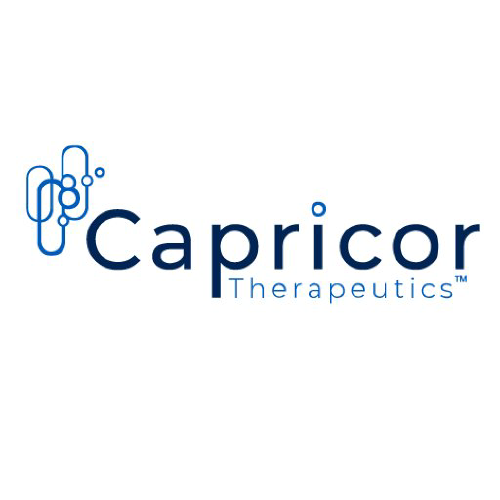Capricor Therapeutics Inc (CAPR) Q2 2024 Earnings Call Highlights: Strategic Advances Amid ...

Cash Position: Approximately $29.5 million as of June 30, 2024, compared to $39.5 million on December 31, 2023.
Revenue: Approximately $4 million for Q2 2024, compared to $3.9 million for Q2 2023.
R&D Expenses: Approximately $11.7 million for Q2 2024, compared to $8.4 million for Q2 2023.
General and Administrative Expenses: Approximately $1.8 million for Q2 2024, compared to $1.7 million for Q2 2023.
Net Loss: Approximately $11 million for Q2 2024, compared to $7.4 million for Q2 2023.
Cash Runway: Expected to support operations into the first quarter of 2025.
Release Date: August 07, 2024
For the complete transcript of the earnings call, please refer to the full earnings call transcript.
Positive Points
Capricor Therapeutics Inc (NASDAQ:CAPR) is making significant progress towards submitting a Biologics License Application (BLA) for Deramiocel, targeting Duchenne muscular dystrophy (DMD).
The company has a distribution agreement with Nippon Shinyaku, potentially worth $700 million in developmental and sales milestones.
Recent clinical trial data shows Deramiocel significantly slows disease progression in DMD patients, with improvements in both skeletal and cardiac functions.
Capricor's exosome platform, StealthX, is advancing, with promising preclinical data for targeted delivery applications.
The company is in late-stage discussions for potential partnerships in Europe, which could strengthen its financial position and expand market reach.
Negative Points
Capricor Therapeutics Inc (NASDAQ:CAPR) reported a net loss of approximately $11 million for Q2 2024, an increase from $7.4 million in Q2 2023.
The company's cash position decreased from $39.5 million at the end of 2023 to $29.5 million as of June 30, 2024, with a cash runway expected to support operations only into Q1 2025.
Increased R&D expenses, primarily due to clinical and manufacturing costs for the DMD program, contributed to the financial losses.
There is uncertainty regarding the timing and outcome of the BLA submission, as the company is exploring different pathways with the FDA.
The exosome program, while promising, is still in preclinical development, and its commercial viability remains uncertain.
Q & A Highlights
Q: Can you provide an update on the recent FDA meeting and the role of cardiovascular data in your discussions? A: The cardiovascular aspect of our program is gaining significant attention from the FDA, particularly as it relates to Duchenne muscular dystrophy (DMD). The FDA is considering including Deramiocel's cardiac benefits in the label, which could expand its use to all patients diagnosed with DMD. We are awaiting the final minutes from our meeting to determine the next steps for our Biologics License Application (BLA) filing.
Q: How are your business development efforts progressing, particularly regarding the exosome program? A: Our exosome program is advancing well, with increased interest from potential partners. We have developed the capability to produce exosomes efficiently, which are superior to lipid nanoparticles due to their targeting and loading capabilities. We plan to expand our business development efforts in 2025 to further capitalize on these opportunities.
Q: What are the timelines for the rolling BLA submission, and how does the HOPE-3 study data factor into this? A: We plan to begin the rolling BLA submission within the next 60 days. If the HOPE-3 data is necessary, we expect to complete the submission by the end of the first quarter of 2025. However, we are exploring the possibility of completing the submission without the HOPE-3 data, which could accelerate the timeline to the end of 2024.
Q: Can you provide insights into your ex-US partnership discussions and potential timelines? A: We aim to finalize ex-US partnership discussions by the end of this year. Clarity from the FDA and our conversations with European regulatory authorities have strengthened our position. We are confident in meeting their criteria, which could involve a small clinical trial or none at all, and we are focused on securing the best economic terms.
Q: How do you view the potential for Deramiocel in treating cardiomyopathy in Becker muscular dystrophy? A: The cardiomyopathy associated with Becker muscular dystrophy is a significant concern, similar to DMD. It typically begins around age 14 and progresses to severe heart failure, often leading to death in the 40s or 50s. We see a great opportunity for Deramiocel to address this unmet need and improve patient outcomes.
For the complete transcript of the earnings call, please refer to the full earnings call transcript.
This article first appeared on GuruFocus.